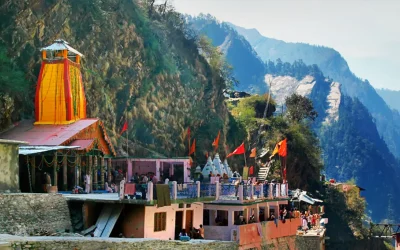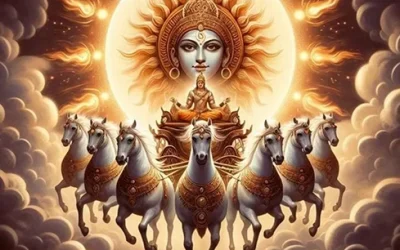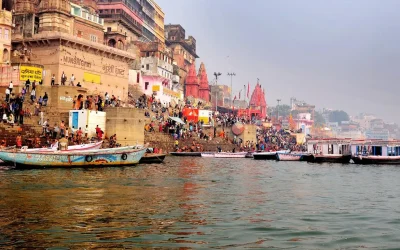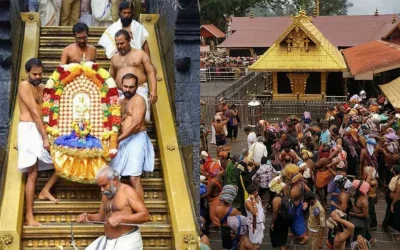Chennakeshava Temple: A Timeless Marvel of Karnataka
Introduction
Nestled in the heart of Karnataka, the Chennakeshava Temple stands as a testament to India’s rich cultural and architectural heritage. Located in the town of Somanathapura, this 13th-century temple is a masterful example of Hoysala architecture, renowned for its intricate carvings, exquisite sculptures, and historical significance.
Historical Context
The Chennakeshava Temple was commissioned by the Hoysala King Narasimha III in 1258 CE. The Hoysalas, a dynasty that ruled over parts of southern India from the 10th to the 14th centuries, are celebrated for their contributions to art and architecture. The temple was dedicated to the deity Chennakeshava, a form of Lord Vishnu, and was constructed during a period when the Hoysala Empire was at the zenith of its artistic and cultural achievements.
The temple’s construction reflects the Hoysala dynasty’s dedication to showcasing their devotion through elaborate temple architecture. It was designed by the architect Somnath, after whom the town of Somanathapura is named.
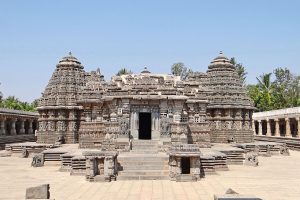
Architectural Marvel
The Chennakeshava Temple is an outstanding example of Hoysala architecture, characterized by its detailed sculptural work and unique structural design. The temple is built in the typical Hoysala style, featuring a star-shaped ground plan, which is a distinctive feature of Hoysala temples. This shape is achieved by constructing the temple on a platform with a series of projections and recesses.
The temple complex consists of three sanctums (garbhagrihas) dedicated to Chennakeshava (Vishnu), and the other two shrines are dedicated to his consorts, Bhudevi and Sridevi. Each sanctum has a beautifully sculpted entrance and a pillared hall (mandapa) that showcases the finesse of Hoysala craftsmanship.
The outer walls of the temple are adorned with intricate carvings depicting various scenes from Hindu mythology, including episodes from the Ramayana and Mahabharata. The sculptural work is characterized by detailed depictions of gods, goddesses, and celestial beings, rendered with remarkable precision. The temple’s central vimana (tower) is intricately embellished with elaborate ornamentation, demonstrating the skill of the artisans who built it.
Cultural and Religious Significance
The Chennakeshava Temple holds significant cultural and religious importance for devotees of Lord Vishnu. It is a site of worship where thousands of pilgrims visit annually to seek blessings and perform rituals. The temple’s grandeur and architectural beauty make it a popular destination for tourists and scholars alike, drawing attention to the rich history and artistic heritage of the Hoysala Empire.
The temple also serves as a reminder of the Hoysala dynasty’s patronage of the arts and its commitment to creating spaces of worship that reflect divine beauty. The detailed carvings and architectural elements of the temple offer insights into the religious and cultural practices of the time.
Timings and Visiting Information
The Chennakeshava Temple is open to visitors throughout the week. The typical visiting hours are from 6:00 AM to 12:00 PM and from 5:00 PM to 8:00 PM. These timings may vary slightly depending on local conditions and festivals, so it is advisable to check with local authorities or the temple administration before planning a visit.
Festivals and Events
The temple hosts several festivals throughout the year, attracting large crowds of devotees and tourists. Key festivals include:
- Vishnu Jayanti: Celebrated to honor Lord Vishnu, this festival sees a surge in devotees and special ceremonies at the temple.
- Vaikunta Ekadashi: A significant event in the Hindu calendar, this day marks a special occasion for devotees to visit the temple and engage in prayers and rituals.
- Navaratri: This nine-night festival dedicated to the goddess Durga sees special festivities and celebrations at the temple.
During these festivals, the temple is often adorned with lights and decorations, and various cultural programs and religious activities are conducted.
Conservation and Preservation
The Chennakeshava Temple has been the focus of conservation efforts to preserve its historical and architectural integrity. Various organizations, including the Archaeological Survey of India (ASI), have undertaken restoration projects to maintain the temple’s structural and artistic features. These efforts are crucial in ensuring that future generations can appreciate and learn from this architectural marvel.
Visitor Tips

- Dress Code: As a place of worship, visitors are expected to dress modestly. Traditional attire is preferred, and it is advisable to cover shoulders and knees.
- Photography: Photography is usually restricted inside the temple premises. Visitors should seek permission before taking photos, especially of the intricate sculptures and carvings.
- Local Guides: Hiring a local guide can enhance the experience by providing detailed insights into the temple’s history, architecture, and significance.
Conclusion
The Chennakeshava Temple in Somanathapura is not merely a place of worship but a magnificent example of Hoysala architectural prowess and artistic expression. Its historical, cultural, and religious significance continues to captivate and inspire visitors from around the world. A visit to this temple offers a profound glimpse into India’s ancient heritage and the enduring legacy of the Hoysala dynasty.

